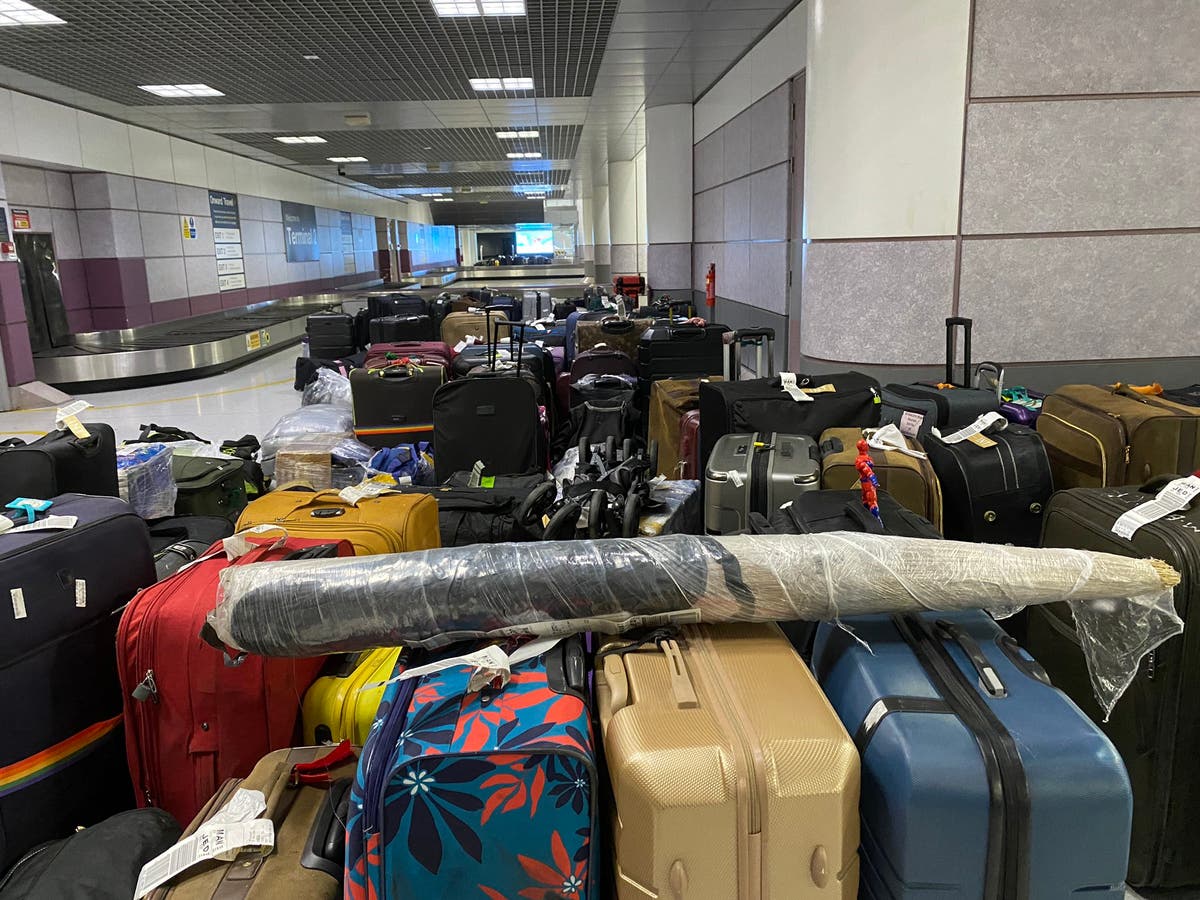Italy travel rules: what are the latest testing requirements?
Here’s the latest on entry requirements and Covid guidelines on the ground

Italy is still open to British travellers, but the rules for entry have changed several times - not to mention the Covid-related guidance once in the country.
Like many nations, including Austria and Germany, Italy has embraced the use of vaccine passports - in Italy this is called a “super green pass”, but that essentially amounts to a QR code proving that you’ve had at least two doses of the coronavirus vaccine. The UK’s NHS Covid Pass is accepted there.
In the latest update, Italy introduced new rules that mean a traveller is only recognised as “fully vaccinated” in order to access venues if their second vaccine dose was given within a set timeframe.
On top of which, Italy still splits its 20 regions into colour-coded zones - red, orange, yellow and white - depending on how high the risk of Covid infection is at present, with different rules attached to each category.
As of 28 February, no regions are categorised as the highest risk, red or second-highest, orange. Fifteen regions are currently listed as yellow, while five are the lowest risk, white.
So what does all this mean for your next trip?
Here’s everything you need to know about booking a holiday to Italy.
Can UK travellers visit Italy?
Yes.
As of 1 March, both vaccinated and unvaccinated travellers with the correct paperwork may arrive in Italy and explore without quarantining.
Those who have had two jabs or more must show proof of full, valid vaccination and can enter Italy quarantine free. “Fully vaccinated” here means your second jab of a two-jab course must have been given at least 14 days prior to travel, but within the past nine months (270 days). If it was longer ago than that, you must have a booster jab to remain fully vaccinated.
Those who have not been vaccinated need to show a negative test result from a PCR test taken within the past 72 hours, or a lateral flow (antigen) test taken within the past 48 hours in order to enter Italy quarantine free.
Strangely, you can also enter with neither of these documents, but must travel to your destination by private transport and quarantine for five days, before taking a PCR test to be released, so it’s worth meeting one of the above criteria.
All visitors must also complete Italy’s Passenger Locator Form. Accompanied minors can be registered on the EU Passenger locator form of the accompanying adult in the declaration section.
Those aged six and over must abide by the testing and vaccination-proof rules outlines above, while those aged five and under do not need to test even if unvaccinated.
What are the Covid-related rules in holiday destinations?
Vaccine passports
Visitors across Italy need a “super green pass” vaccine passport - essentially, proof of having had two vaccine doses - to access some public venues and modes of transport. This is expected to be in place until at least 31 March.
An NHS Covid Pass QR code can be used as a super green pass in Italy.
From February, your Covid Pass will need to show that second recent vaccine dose was given within the past six months in order to be deemed valid. If you’ve had a booster jab, you can disregard this advice - your Covid Pass will be valid indefinitely for domestic use.
The full list of venues you will need a super green pass to enter is as follows:
Colour-coded regions
While Italy’s ski resorts remain open, the government has also changed the risk categories of some of its tourist areas.
The country has a system of four colour-coded zones: red, orange, yellow and white, denoting the risk of Covid infection.
From the end of August until December, all regions were colour-coded white, the lowest-risk category.
As of 28 February, 15 regions including Toscana (Tuscany), Lazio (home to Rome) and Emilia Romagna are categorised as yellow, with five categorised as white, meaning most venues are open as normal. However, proof of vaccination is still required for the majority of indoor venues and activities.
There are currently no orange or red zones in Italy, with some speculation that the colour-coded zones will soon be scrapped altogether.
Red restrictions - when a region has a surge in cases - involve all shops and venues other than pharmacies and supermarkets being closed, with people only allowed to leave their homes for work, health reasons, to go to a place of worship or to take exercise once a day.
Mask-wearing in Italy
From 11 February, the use of masks is no longer mandatory in outdoor spaces, except in places of large gatherings such as sporting events.
However, safer FFP2 masks are mandatory in certain situations - on flights to and from Italy, on public transport, in theatres, concert halls and cinemas and for sporting events - until at least 31 March.
Children aged five and under do not need to wear a mask.

 Troov
Troov 































